Ryan D. Giles (editor) - Beyond Sight: Engaging the Senses in Iberian Literatures and Cultures, 1200-1750
Here you can read online Ryan D. Giles (editor) - Beyond Sight: Engaging the Senses in Iberian Literatures and Cultures, 1200-1750 full text of the book (entire story) in english for free. Download pdf and epub, get meaning, cover and reviews about this ebook. year: 2018, publisher: University of Toronto Press, genre: Religion. Description of the work, (preface) as well as reviews are available. Best literature library LitArk.com created for fans of good reading and offers a wide selection of genres:
Romance novel
Science fiction
Adventure
Detective
Science
History
Home and family
Prose
Art
Politics
Computer
Non-fiction
Religion
Business
Children
Humor
Choose a favorite category and find really read worthwhile books. Enjoy immersion in the world of imagination, feel the emotions of the characters or learn something new for yourself, make an fascinating discovery.
- Book:Beyond Sight: Engaging the Senses in Iberian Literatures and Cultures, 1200-1750
- Author:
- Publisher:University of Toronto Press
- Genre:
- Year:2018
- Rating:4 / 5
- Favourites:Add to favourites
- Your mark:
Beyond Sight: Engaging the Senses in Iberian Literatures and Cultures, 1200-1750: summary, description and annotation
We offer to read an annotation, description, summary or preface (depends on what the author of the book "Beyond Sight: Engaging the Senses in Iberian Literatures and Cultures, 1200-1750" wrote himself). If you haven't found the necessary information about the book — write in the comments, we will try to find it.
Beyond Sight, edited by Ryan D. Giles and Steven Wagschal, explores the ways in which Iberian writers crafted images of both Old and New Worlds using the non-visual senses (hearing, smell, taste, and touch).
The contributors argue that the uses of these senses are central to understanding Iberian authors and thinkers from the pre- and early modern periods. Medievalists delve into the poetic interiorizations of the sensorial plane to show how sacramental and purportedly miraculous sensory experiences were central to the effort of affirming faith and understanding indigenous peoples in the Americas. Renaissance and early modernist essays shed new light on experiences of pungent, bustling ports and city centres, and the exotic musical performances of empire. This insightful collection covers a wide array of approaches including literary and cultural history, philosophical aesthetics, affective and cognitive studies, and theories of embodiment. Beyond Sight expands the field of sensory studies to focus on the Iberian Peninsula and its colonies from historical, literary, and cultural perspectives.
Ryan D. Giles (editor): author's other books
Who wrote Beyond Sight: Engaging the Senses in Iberian Literatures and Cultures, 1200-1750? Find out the surname, the name of the author of the book and a list of all author's works by series.

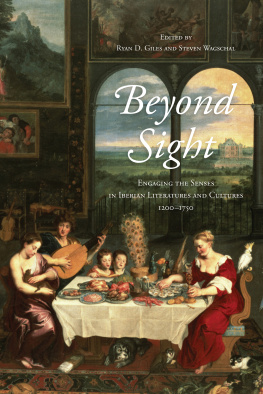

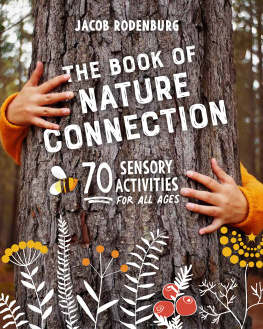
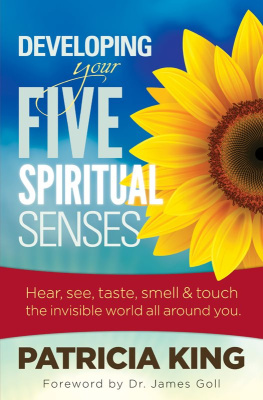

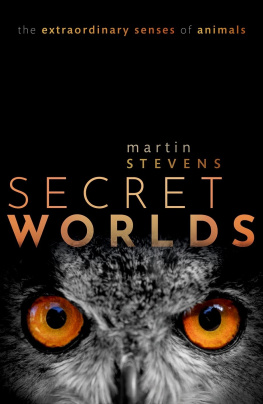
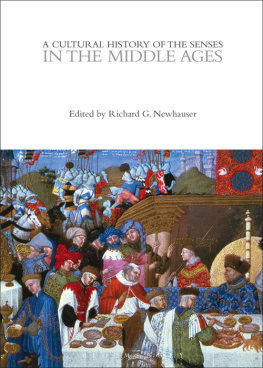
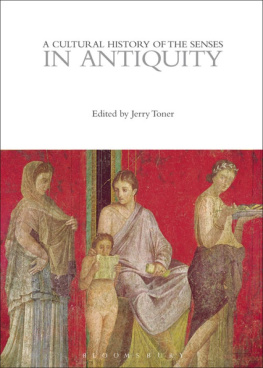

 Printed on acid-free, 100% post-consumer recycled paper with vegetable-based inks.
Printed on acid-free, 100% post-consumer recycled paper with vegetable-based inks.